Two couples dedicated their lives to restoring and caring for a crumbling 10th-century castle in Spain, turning it into a historical vacation getaway. See how they did it.
Amanda Goh

- In 1994, a Catalan couple bought a crumbling 10th-century castle in Spain and restored it over 16 years.
- In 2013, they passed the baton to two former teachers who made it their life project to care for the ancient home.
When Marc Guinjoan, a former teacher from Barcelona, first came across the listing for an ancient castle in Catalonia, Spain, he knew it deserved a new lease of life.
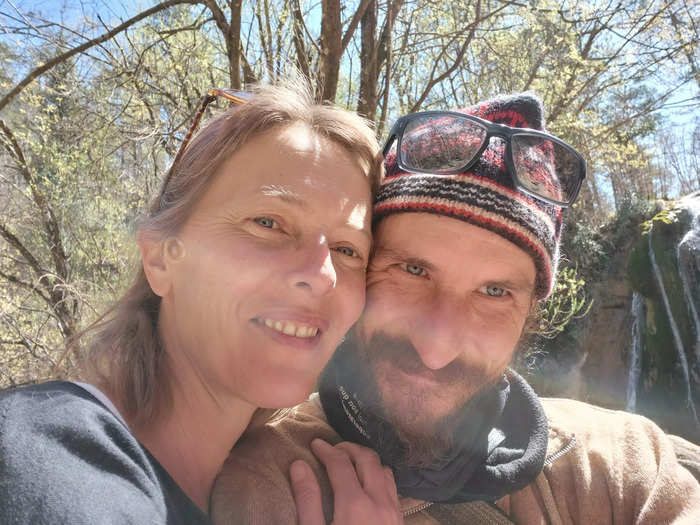
Also known as Castell de Llaés, the sprawling property is nestled amidst the mountains in the Ripollès region and dates back to the 10th century, per a website dedicated to the castle.
Since 2013, Guinjoan has been its caretaker, overseeing the property's maintenance and daily operations, he told Insider.
His wife Ginny Martens, a former high school teacher from Holland, joined him on the project in 2017.
The castle is owned by an elderly Catalan couple who bought the crumbling building from the Roman Catholic Diocese of Vic in 1994.
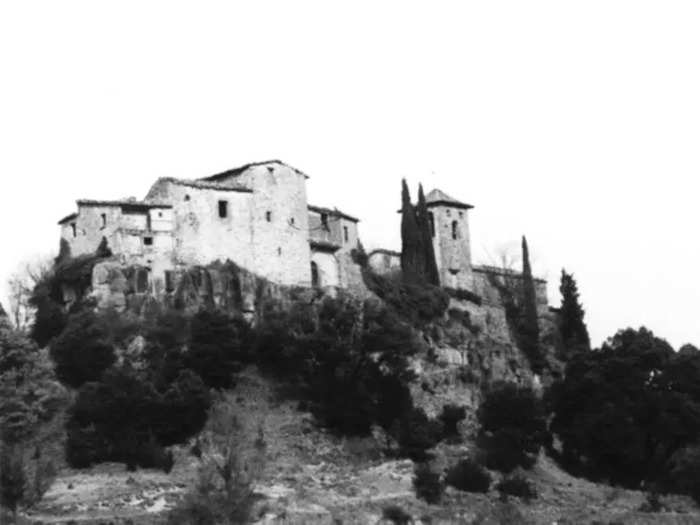
After spending 16 years restoring the castle, retired engineer Joan Tarrida i Miquel and former designer Esther Capdevila were looking for its next stewards when Guinjoan came along.
Instead of buying the property from them, he offered to rent the place and transform it into a rural accommodation while putting the proceeds back into maintaining the grounds. Guinjoan did not share how much he pays the owners in rent.
"I felt an internal call, but at the same time I considered that the owners would not accept it since the castle was for sale," Guinjoan said. "The surprise was that they called me to accept the proposal and that is where the adventure began."
The surrounding land was owned by a feudal lord named Count Guifré el Pilós in the late 9th century, Tarrida told Insider: "He erected castles and, among them, the Castle of Llaés was built."
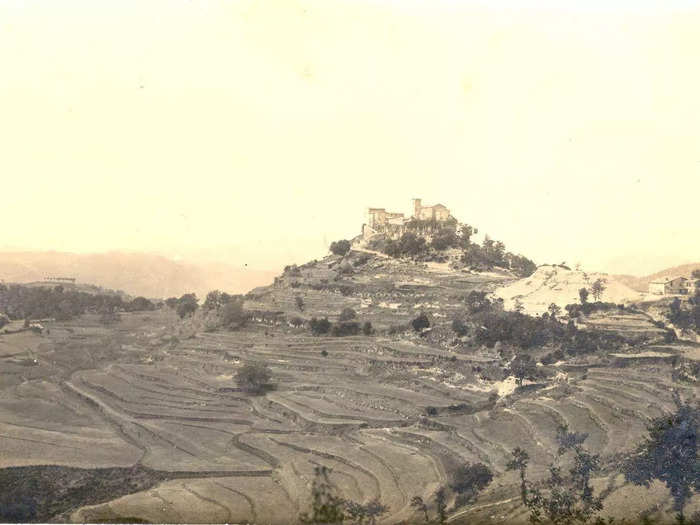
The earliest known document that mentions the castle dates from the year 919, Tarrida said. At that time, the property belonged to a Spanish noblewoman who went by the title of Countess Elo.
In the year 955, she donated the castle to the monastery of Sant Joan de les Abadesses, which owned it until the year 1017, Tarrida said. Three centuries later, the castle ended up in possession of the abbot of Sant Joan de les Abadesses once more.
More recently, the castle housed a rectory and a municipal school until 1971, Tarrida said.
The castle was left abandoned for over 20 years before Tarrida and his wife decided to buy the property from the Bishopric of Vic in 1994. He did not share how much they paid to buy the castle.
"The Castle and its surroundings seduced us from the first moment, this seduction — together with the love for the territory and for its history — led us to undertake the great adventure of its acquisition and restoration," Tarrida said.
But renovating the dilapidated castle was no easy task: The stone walls were crumbling from years of neglect, and the buildings didn't even have water or electricity.
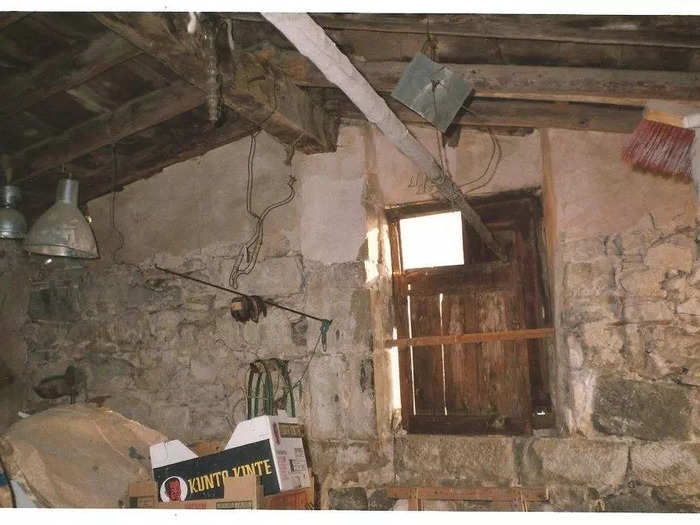
Apart from being exposed to the elements for more than two decades, the castle was also vandalized.
"The fact that a historic building remains abandoned and open to public access leaves it in a fragile situation, since some visits received were not very respectful of the building," Tarrida said, adding that vandals have scribbled on the walls and even stolen pieces of stones.
Luckily, the basic structures of the building, including walls, vaults, and a water cistern were in good condition, he said.
"Since there are no graphic documents, we do not know what its appearance was like in the beginning," Tarrida added. "However, taking into consideration the considerable parts of the building that have been preserved, we think that it must have been very similar to how it is in the current affairs."
Tarrida and his wife Capdevila were heavily involved in the restoration process, although family and friends chipped in.
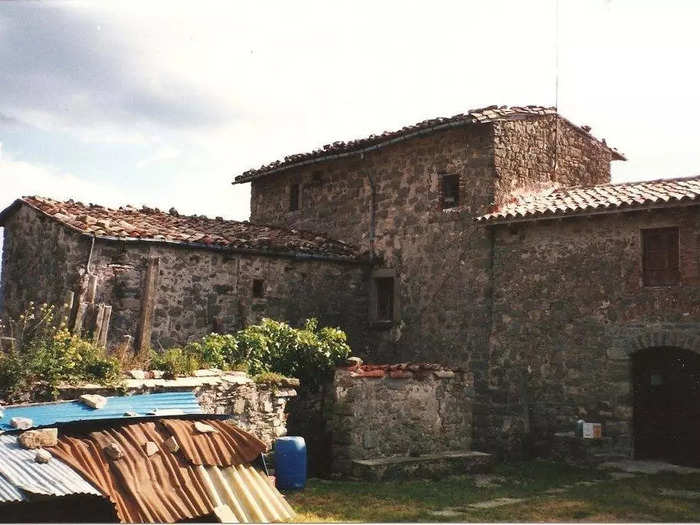
The couple also enlisted a professional local mason to fix up the stone walls, Tarrida said.
However, the most complex part of the restoration process was the main roof, he added.
Due to the sheer size of the area that needed to be covered, it was a challenge to even set up the wooden framing studs required to support the roof, he said.
The entire property is perched on a rocky hill and can only be reached on foot — making it difficult to transport the construction materials needed to the site.
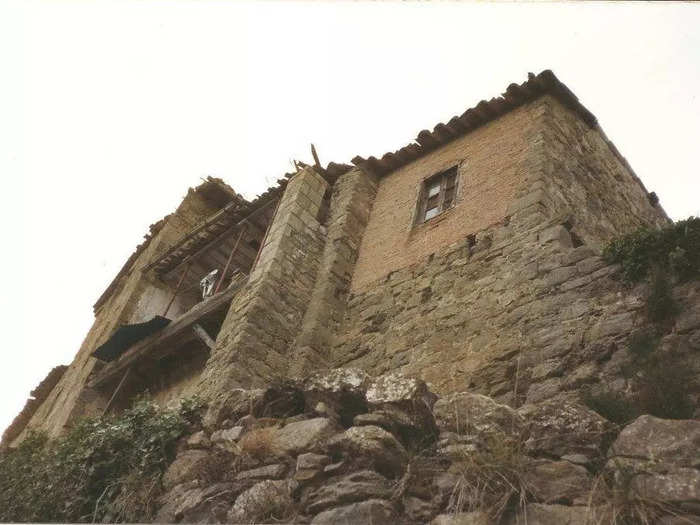
The castle is right on top of the mountain of Sant Bartomeu, at 998 meters, or 3261 feet, above sea level, per the Castell de Llaés website.
"It is nestled on a rocky hill at the end of a staggered, zig-zag ramp that cannot be accessed by any type of vehicle," Tarrida said.
The couple had to install a freight elevator at the base of the hill, which is the furthest the vehicles carrying the different materials could reach, he said.
All the items would then be loaded onto the elevator and brought to the summit where the castle was, he added.
The couple even found artifacts left behind by the castle's previous occupants during the restoration.
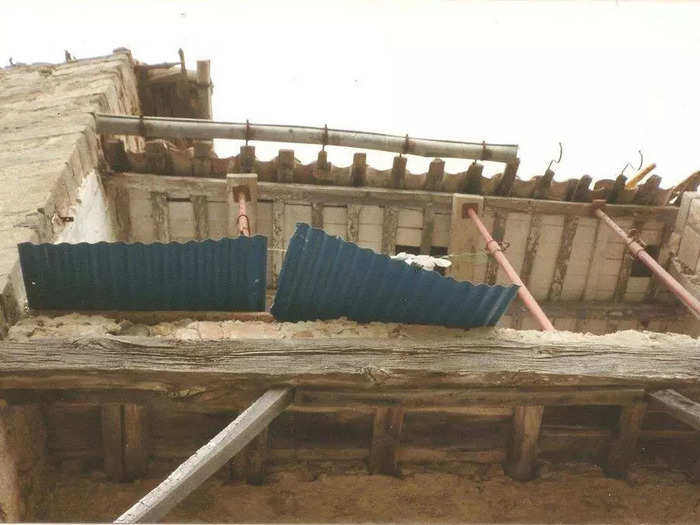
Some of the items include a 17th-century Catalan ceramic plate, several bronze coins that date back to the 14th century, and even buttons worn by female warriors during the 19th-century Carlist Wars, Tarrida said.
Tarrida and his wife Capdevila started restoring the castle in 1994 and completed it in 2010.

The castle comes with eight bedrooms, four bathrooms, a living room, a dining room, and a kitchen with a terrace, per the Castell de Llaés website.
The property is located about an hour and a half from Barcelona by car, per Google Maps.
Public transport does not reach the castle, and the nearest train from Barcelona stops at the municipality of Sant Quirze de Besora, which is located about 9 miles from Llaés.
There are only about 12 inhabitants in the Llaés village where the castle is situated, Guinjoan said.
Only materials that were true to the castle's time were used to repair the building. Modern updates made include the addition of water, electricity, and heating facilities.
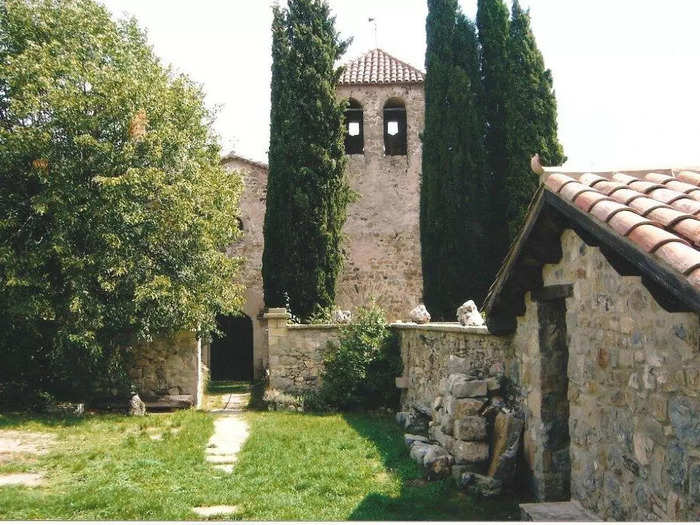
Many of the castle's original features were saved, including the ancient water cistern that was used to store rainwater, a stone vault, and the castle's tower, Tarrida said.
"The entrance portal as well as the vast majority of both interior and exterior walls were maintained as well," he added.
When Guinjoan took over managing the castle on behalf of Tarrida and Capdevila, he turned it into a rural, short-term vacation rental. It's now available on Airbnb for $559 per night.
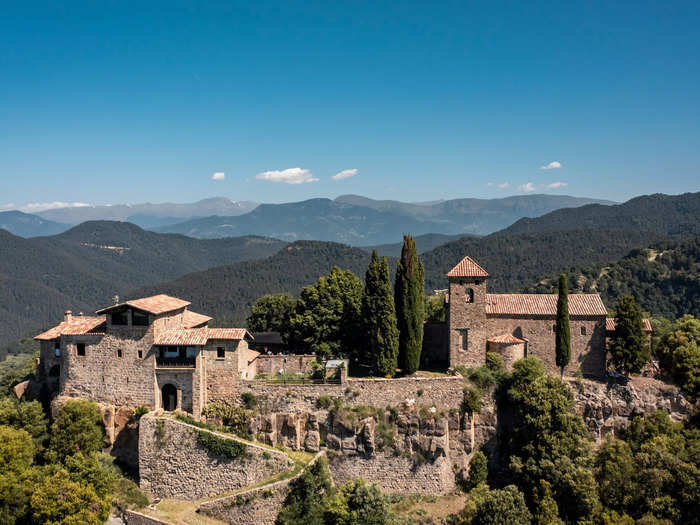
"When I started managing the castle, there were many expenses and little income, so I had to juggle my teaching job to be able to sustain the finances," Guinjoan said.
It was only a few years ago that he was able to quit his job and focus on managing the castle full-time, he said.
Turning the castle into a vacation stay gave Guinjoan and his wife Martens a way to maintain the property and share its rich history with others.
"The two of us try to do everything possible in the castle to be able to balance the finances of the place and to be able to save to invest in improvements," Guinjoan said.
"It is not at all a project for profit. Rather, we see it as a life project that gives us meaning, by maintaining a historic building from the 10th century that in normal cases would be abandoned and demolished," he added.
The castle has a five-star rating on Airbnb, based on 70 reviews.
The two of them have no prior experience managing a castle — or even Airbnbs.
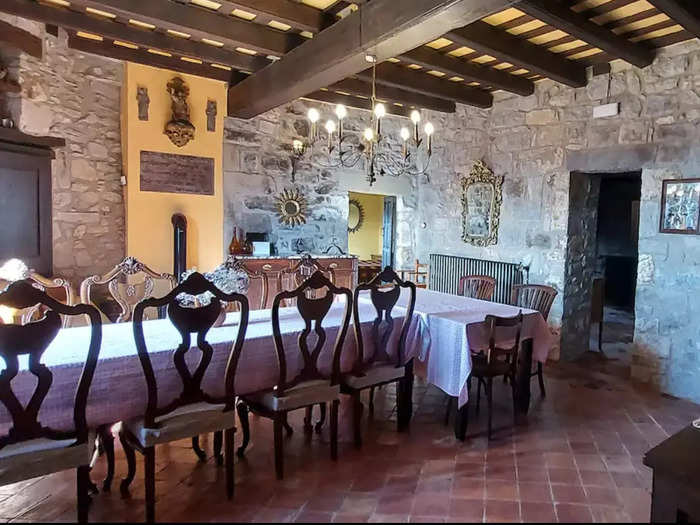
"Many guests have come to the castle, and many have left as friends with whom we still keep in touch," Guinjoan said.
The castle, being in a rural area, coupled with the lack of modern luxuries like a pool made it difficult for them to get reservations initially, Guinjoan said.
However, the increasing popularity of platforms like Airbnb helped them find their audience.
"Airbnb connects you to the world, and to the profiles of people who are looking for this history, nature, culture, and landscape," he added. "The guests who come to the castle help support the project so that the castle endures in its particular history in the world."
The castle demands constant attention, and the demands are not always easy to fulfill: For instance, the rural location makes it hard to get any professional help when it comes to repairs.
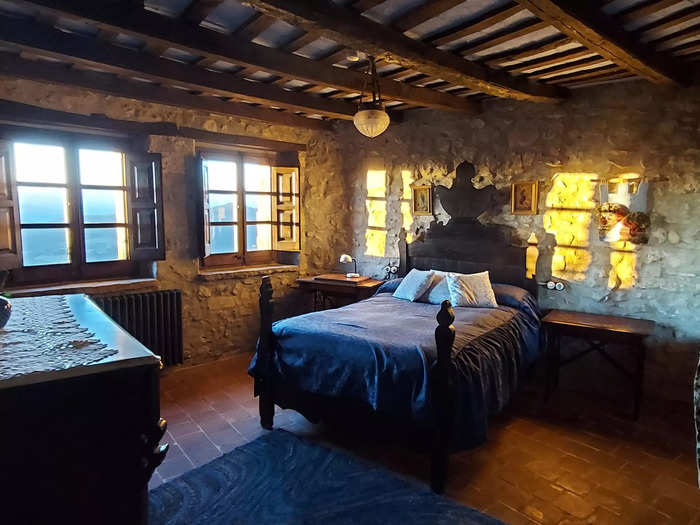
"It is difficult to have professional specialists — such as electricians, bricklayers, and plumbers— to help you repair facilities or make new ones, and you must learn a little about everything, and do everything," Guinjoan said.
Through the years, the couple has also learned to adapt to the challenges of the natural environment, he said.
They always have to be prepared for adverse weather conditions like heavy rain and snow storms that might result in road blockages and overflowing drains, he added.
The two of them live in a small apartment on the ground floor so they're able to tend to the castle — and their guests' — needs whenever required.
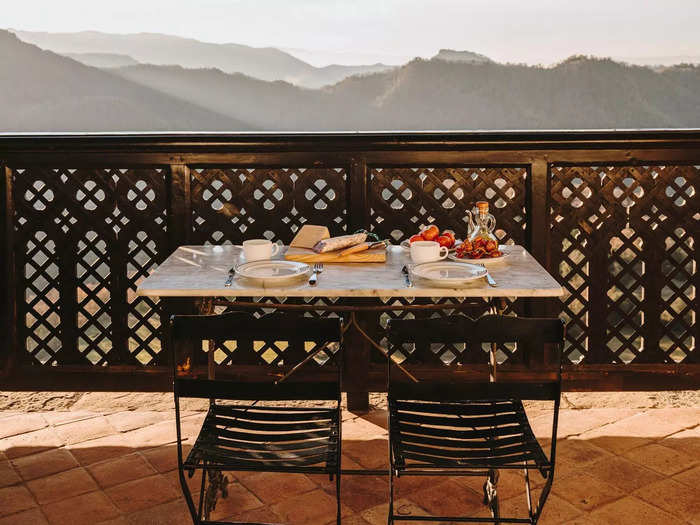
Caring for the castle is a full-time job that leaves them with no time off, and no days to go away on holidays, Guinjoan said.
"On the other hand, we are grateful that we can travel vicariously through the people who visit us and tell us about themselves and the places they belong to," he added.
The most memorable guests that they've ever had were a group of friends who finally met after over 30 years apart. They'd never finished a game of Dungeons and Dragons before — but decided to end it in the castle, Guinjoan said.
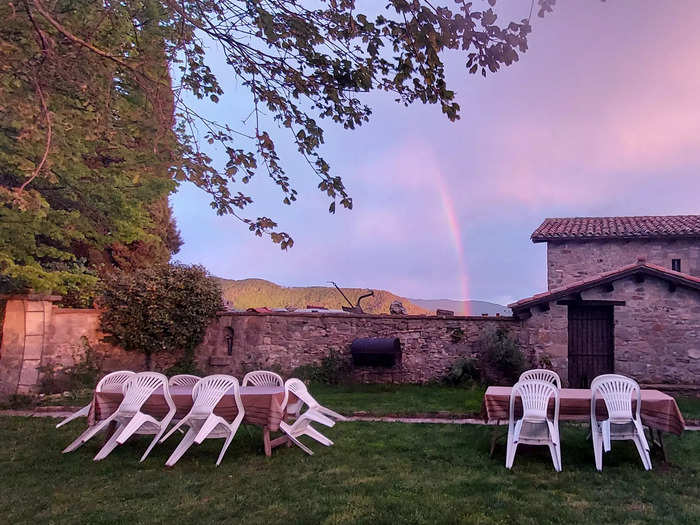
For the couple, the most rewarding part of the entire experience has been the ability to share the castle with people who they would have otherwise never met.
"People come from every corner of the world, and they allow us to travel without leaving the place," Guinjoan said. "We share a sunset, a dinner, or a walk, hunting for rainbows after a rain, strolling through the woods, searching for fossils with kids, and above all — talking about everything in the world."
Among others, they've hosted family gatherings, intimate weddings, yoga retreats, and even historical recreation groups at the castle, he added.
Being in the castle and a part of the castle's legacy is an otherworldly experience, Guinjoan said
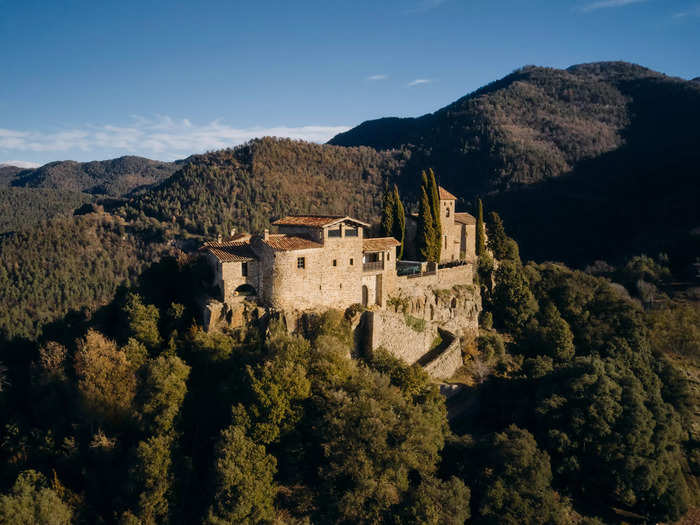
It's hard for Guinjoan to pick a favorite part of the building, as each corner of the castle has something to tell.
But the most precious moment is when he gets lost in admiring the landscape and the castle's stones that have been placed by those who existed centuries ago.
"It is something that overwhelms us and makes us feel like a small part of the long history of the castle, but also reminds me that I'm in the present, to leave a legacy for others in the future," Guinjoan said,
Popular Right Now
Popular Keywords
Advertisement